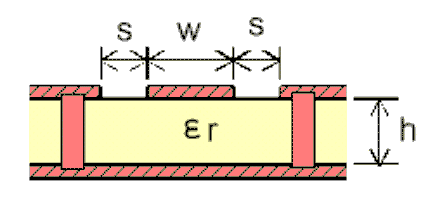SWRS293 November 2023 CC1312PSIP
PRODUCTION DATA
- 1
- 1 Features
- 2 Applications
- 3 Description
- 4 Functional Block Diagram
- 5 Revision History
- 6 Device Comparison
- 7 Pin Configuration and Functions
-
8 Specifications
- 8.1 Absolute Maximum Ratings
- 8.2 ESD Ratings
- 8.3 Recommended Operating Conditions
- 8.4 Power Supply and Modules
- 8.5 Power Consumption - Power Modes
- 8.6 Power Consumption - Radio Modes
- 8.7 Nonvolatile (Flash) Memory Characteristics
- 8.8 Thermal Resistance Characteristics
- 8.9 RF Frequency Bands
- 8.10 861 MHz to 1054 MHz - Receive (RX)
- 8.11 861 MHz to 1054 MHz - Transmit (TX)
- 8.12 861 MHz to 1054 MHz - PLL Phase Noise Wideband Mode
- 8.13 861 MHz to 1054 MHz - PLL Phase Noise Narrowband Mode
- 8.14 Timing and Switching Characteristics
- 8.15 Peripheral Characteristics
- 8.16 Typical Characteristics
-
9 Detailed Description
- 9.1 Overview
- 9.2 System CPU
- 9.3 Radio (RF Core)
- 9.4 Memory
- 9.5 Sensor Controller
- 9.6 Cryptography
- 9.7 Timers
- 9.8 Serial Peripherals and I/O
- 9.9 Battery and Temperature Monitor
- 9.10 µDMA
- 9.11 Debug
- 9.12 Power Management
- 9.13 Clock Systems, production calibration and temperature compensation
- 9.14 Network Processor
- 9.15 Device Certification and Qualification
- 9.16 Module Markings
- 9.17 End Product Labeling
- 9.18 Manual Information to the End User
- 10Application, Implementation, and Layout
- 11Environmental Requirements and SMT Specifications
- 12Device and Documentation Support
- 13Mechanical, Packaging, and Orderable Information
Package Options
Mechanical Data (Package|Pins)
- MOT|48
Thermal pad, mechanical data (Package|Pins)
Orderable Information
10.3.2.2 Transmission Line Considerations
The RF signal from the module is routed to the antenna using a Coplanar Waveguide with ground (CPW-G) structure. CPW-G structure offers the maximum amount of isolation and the best possible shielding to the RF lines. In addition to the ground on the L1 layer, placing GND vias along the line also provides additional shielding.
Figure 10-3 shows a cross section of the coplanar waveguide with the critical dimensions.
Figure 10-4 shows the top view of the coplanar waveguide with GND and via stitching.
 Figure 10-3 Coplanar Waveguide (Cross Section)
Figure 10-3 Coplanar Waveguide (Cross Section) Figure 10-4 CPW With GND and Via Stitching
(Top View)
Figure 10-4 CPW With GND and Via Stitching
(Top View)The recommended values for a 4-layer PCB board is provided in Table 10-4.
Table 10-4 Recommended PCB Values for
4-Layer Board (L1 to L2 = 0.175 mm)
| PARAMETER | VALUE | UNITS |
|---|---|---|
| W | 0.300 | mm |
| S | 0.500 | mm |
| H | 0.175 | mm |
| Er (FR-4 substrate) | 4.0 | F/m |